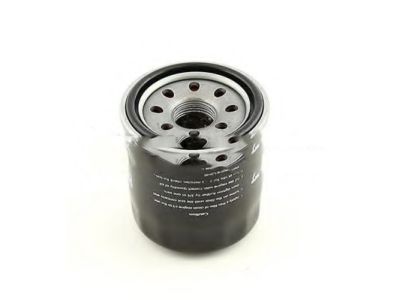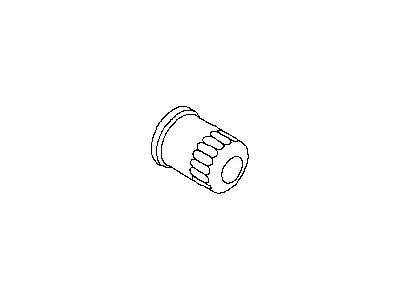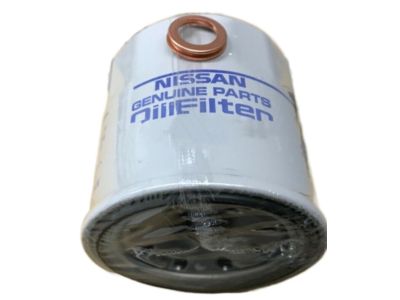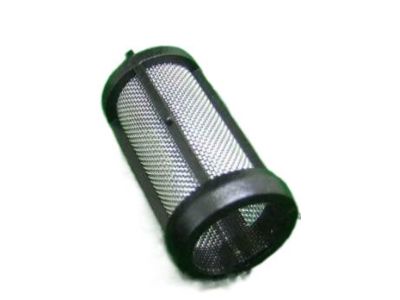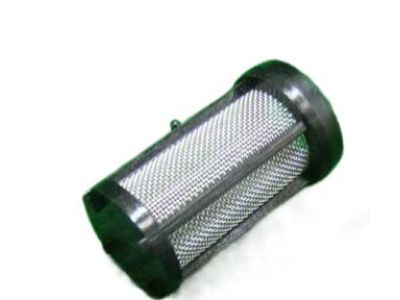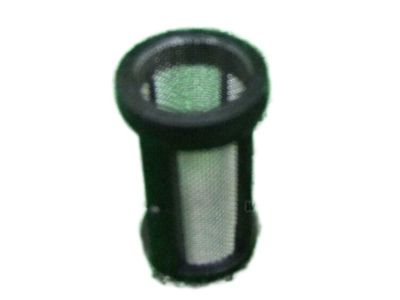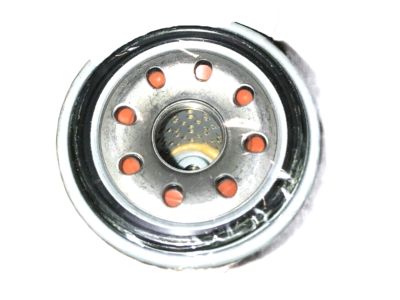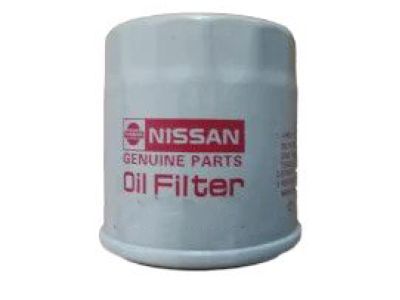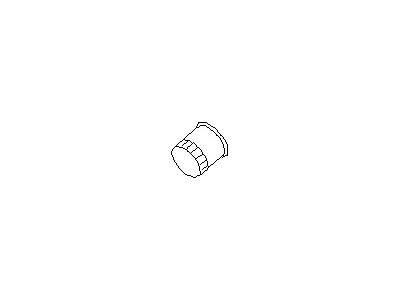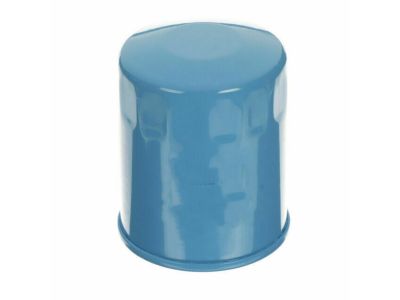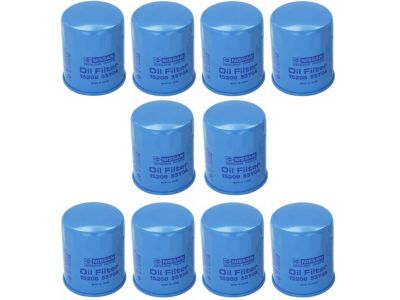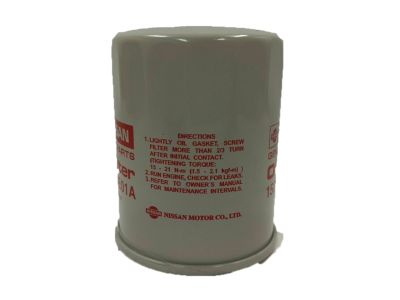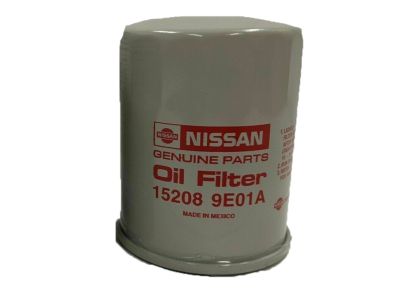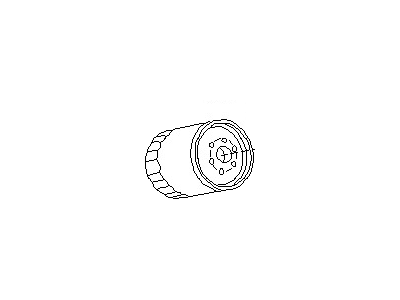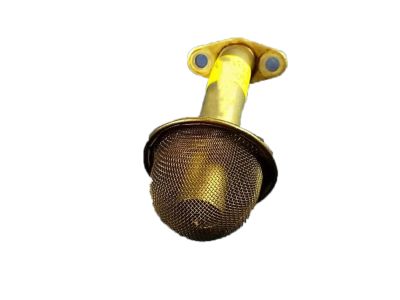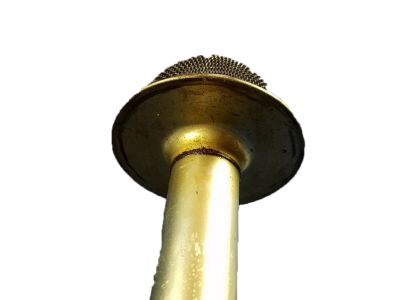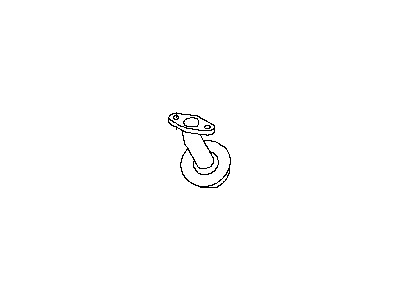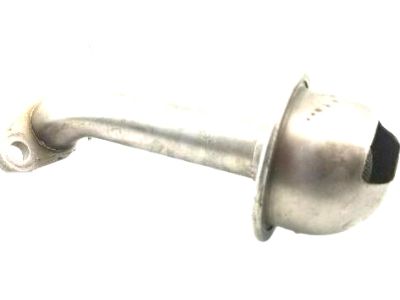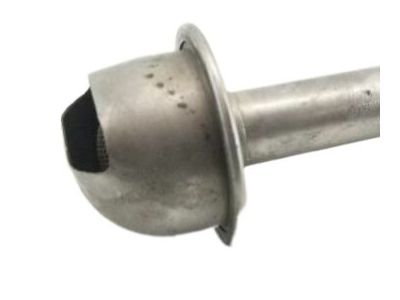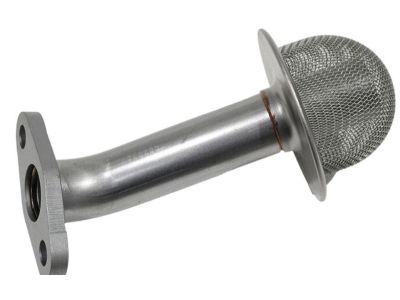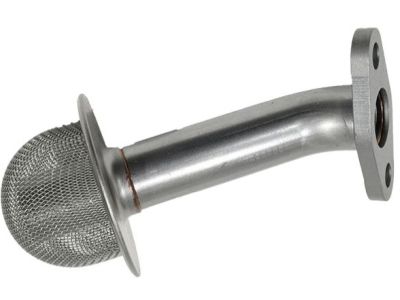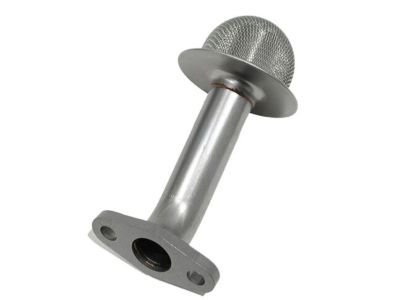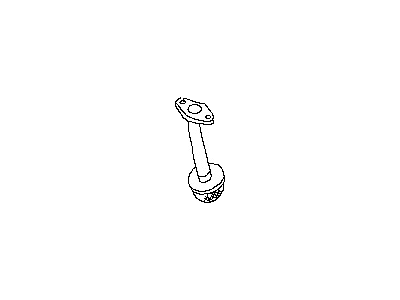×
- Hello
- Login or Register
- Quick Links
- Live Chat
- Track Order
- Parts Availability
- RMA
- Help Center
- Contact Us
- Shop for
- Nissan Parts
- Nissan Accessories

My Garage
My Account
Cart
Genuine Nissan Quest Oil Filter
Engine Oil filter- Select Vehicle by Model
- Select Vehicle by VIN
Select Vehicle by Model
orMake
Model
Year
Select Vehicle by VIN
For the most accurate results, select vehicle by your VIN (Vehicle Identification Number).
13 Oil Filters found

Nissan Quest Oil Filter Assembly
Part Number: 15208-55Y00$6.55 MSRP: $9.48You Save: $2.93 (31%)Ships in 1-2 Business Days
Nissan Quest Oil Filter Assembly
Part Number: 15208-65F0D$6.55 MSRP: $9.48You Save: $2.93 (31%)Ships in 1-2 Business Days
Nissan Quest Oil Filter Assembly
Part Number: 15208-65F0B$6.55 MSRP: $9.48You Save: $2.93 (31%)Ships in 1-2 Business Days
Nissan Quest Oil Filter Assembly
Part Number: 15200-AR000$27.70 MSRP: $38.18You Save: $10.48 (28%)Ships in 1-3 Business Days
Nissan Quest Oil Filter Assembly
Part Number: 15208-65F01$6.55 MSRP: $9.48You Save: $2.93 (31%)Ships in 1-3 Business Days
Nissan Quest Oil Filter Assembly
Part Number: 15208-H8903$6.55 MSRP: $9.48You Save: $2.93 (31%)Ships in 1-3 Business Days
Nissan Quest Oil Filter Assembly
Part Number: 15208-7B000$6.59 MSRP: $9.53You Save: $2.94 (31%)Ships in 1-2 Business Days
Nissan Quest Oil Strainer Assembly
Part Number: 15050-JA10A$47.74 MSRP: $65.82You Save: $18.08 (28%)Ships in 1-3 Business Days
Nissan Quest Oil Strainer Assembly
Part Number: 15050-31U00$63.70 MSRP: $89.97You Save: $26.27 (30%)Ships in 1-3 Business Days
Nissan Quest Oil Strainer Assembly
Part Number: 15050-31U0A$63.70 MSRP: $89.97You Save: $26.27 (30%)Ships in 1-3 Business Days
Nissan Quest Oil Filter
If you need any OEM Nissan Quest Oil Filter, feel free to choose them out of our huge selection of genuine Nissan Quest Oil Filter. All our parts are offered at unbeatable prices and are supported by the manufacturer's warranty. In addition, we offer quick shipping to have your parts delivered to your door step in a matter of days.
Nissan Quest Oil Filter Parts Questions & Experts Answers
- Q: How to perform frequent oil and Oil Filter changes as preventive maintenance procedures on Nissan Quest?A:Done as regular preventative maintenance and one that can the home mechanic take care of is frequent oil changes. With age, engine oil becomes diluted and polluted thereby leading to early wearing out of an engine. Before you start, make sure that you have the right tools and plenty of rags or newspapers for soaking up spills. The plug for releasing the oil and the filter can be made more accessible by ascending the vehicle on a lift, driving it on ramps or supporting it with jack stands. If you have never changed this vehicle's oil before, find the drain plug for the oil as well as the filter while being careful about any hot exhaust elements. In order to park on a level surface and switch off the engine, let it run up to normal operating temperature first. Raise the vehicle so that its weight is supported by jack-stands ensuring your safety. Place a drain pan under an engine bottom plug, remove this plug using proper size box-end wrench or socket. Take a drain pan under an oil filter and loosen with a filter wrench. Remove block from filter tilting open end upwards to prevent spilling oil out. Rub off old gasket from mounting surface on block and leave none behind. Apply some engine oil to new filter's rubber gasket then hand-screw it in place firmly but gently at all. Do not forget to clear everything from beneath car; lower car afterwards. Pour four quarts of fresh oil through fill cap into engine but ensure that no fumes fill inside before doing that because it may result in injuries or death in case they are accidentally ignited. Let oil flow down into pan and inspect final level with dipstick before starting engine for leakages at pan plug and around filter area too mostly done on beginning cars like this one has just been changed again but when carried out within next 10 miles each day there will be less chance since they often occur after one stops driving his/her auto having completed near long trip only to realize this. Check if there are any leaks from the engine oil pan drain plug and around the new filter after starting the engine. The leakages will be tightened up if any. After a couple of minutes, check oil level once again using dipstick and add more oil if needed. Also, during first few drives after changing oil, keep checking for leaks and ensure that your level is correct. Old oil drained from an engine should not be poured onto ground or into a waste disposal system; rather it should be taken to an auto repair shop, gas station or an oil reclamation centre that accepts recycled oils.
Related Nissan Quest Parts
Browse by Year
2017 Oil Filter 2016 Oil Filter 2015 Oil Filter 2014 Oil Filter 2013 Oil Filter 2012 Oil Filter 2011 Oil Filter 2010 Oil Filter 2009 Oil Filter 2008 Oil Filter 2007 Oil Filter 2006 Oil Filter 2005 Oil Filter 2004 Oil Filter 2003 Oil Filter 2002 Oil Filter 2001 Oil Filter 2000 Oil Filter 1999 Oil Filter 1998 Oil Filter 1997 Oil Filter 1996 Oil Filter 1995 Oil Filter 1994 Oil Filter 1993 Oil Filter


